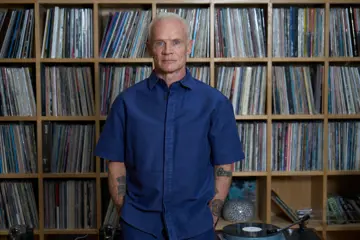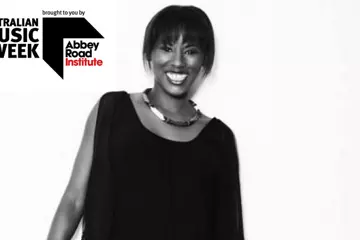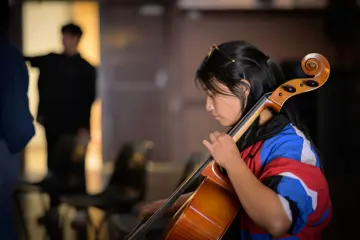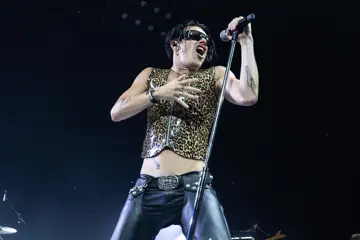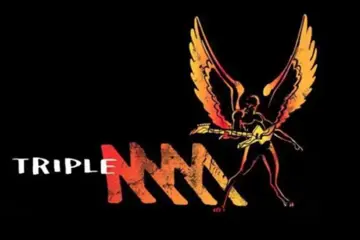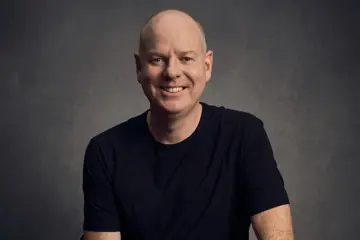Some artists paint pictures with pigments and oils, mould minerals or chisel rock. Other's craft their art from the intangible nuance of the conceptual, manipulating the subjective through more cerebral means. But the substance of Japanese performance artist Asuna's work exists in both the material and the ephemeral. His latest installation-based work seems at first deceptively simplistic: a collection of 100 cheap keyboards playing a single, droning chord. But within this minimalist premise exists a sound world of surprising depth and complexity, where the audience can be immersed in the unique vibrations of a specific space. The artist took some time to explain his unique process ahead of the work's Melbourne International Arts Festival premiere at The Substation.
The content of 100 Keyboards is easy enough to literally see at a glance, but what is the subtext of this work? Is there another layer of meaning you’re communicating with this piece and what does this reflect of your personal artistic philosophy?
My viewpoint is "Moire Resonance by Interference Frequency". The focus of this work is the phenomenon of sound interference that happens when sounds of the same frequency collide with each other in the progression. The philosophy in my work is to try to reveal other features that things possess originally from another side by re-irradiation and re-considering.
You’ve assembled a range of different keyboards for this piece. What were the criteria for selecting the specific instruments?
They had to be a battery-driven, cheap keyboard. For those keyboards, the tuning of each is subtly different. There are things that cause the moire phenomenon to occur. Since the keyboard being played is a cheap product or most of what is made as a toy, the sound and tuning of each is slightly shifted or the transition of unstable sound due to the strength of battery driving through it may show. However, complex interference sounds and resonances in the space create different sounds and loops of undulation for each dense position.
Don't miss a beat with our FREE daily newsletter
Using wooden sticks you carefully adjust the timbre of a drone chord, which produces a surprisingly dynamic sound world. How did you develop this system, and what changes are you aiming to achieve as you make adjustments to the installation?
I've been interested in the collection of keyboards since my teens and their characteristics from long ago, since I was teenager. At the same time, I was playing in bands like Stillupsteypa, Dead C, Boredoms etc. I was looking for a completely different methodology of music, one of my own. From there, I spontaneously reached this performance. It can be said as a hearing experience or like a colourful 'fluctuation' like those seen in Bridget Riley's paintings. Maybe.
What do you want to provoke or instil in your audience when they experience your work, and what is the best way for an audience to engage with this piece?
In this site-specific listening experience, the audience will hear subtle variations of sound interference and resonance that vary based on your location in that performance space. I would like the audience to listen by changing the direction of their ears, or while moving around the keyboards. Complex interference and resonance in the space can reveal different sound beats and loops between minute changes in position, so the audience has a lot of control over how they experience the work.
Melbourne International Arts Festival presents Asuna's 100 Keyboards at The Substation from 10 Oct



